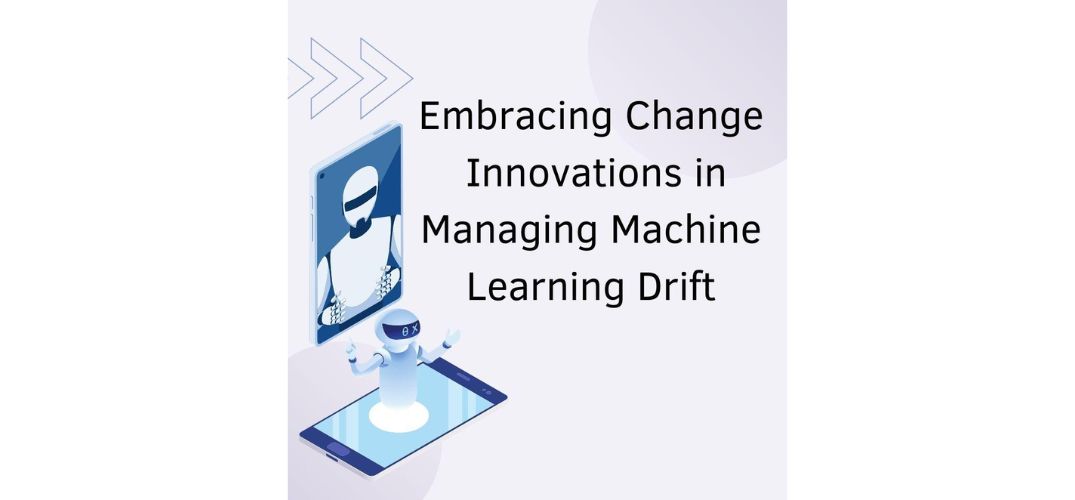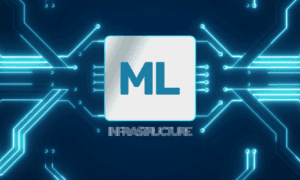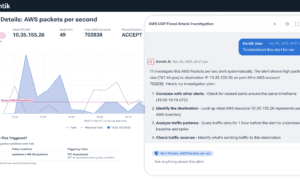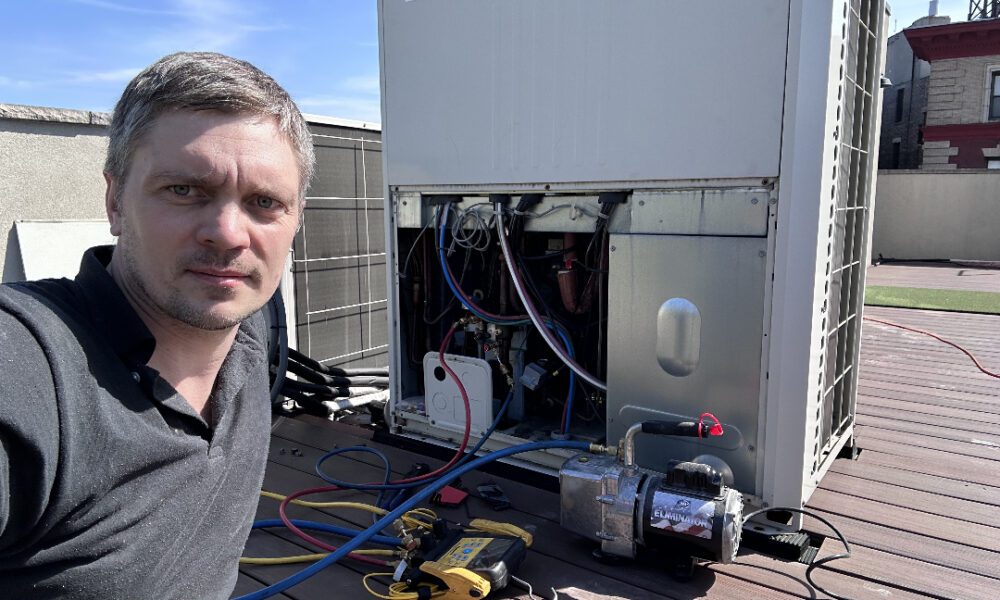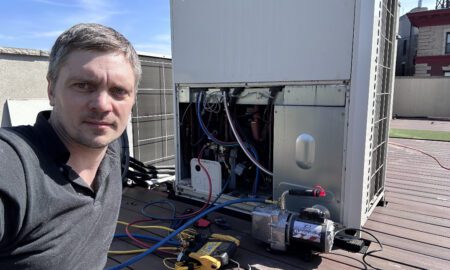In the evolving world of machine learning (ML), the phenomenon of data and concept drift presents both challenges and opportunities. Sandeep Bharadwaj Mannapur, an experienced researcher in this domain, sheds light on the cutting-edge innovations that are transforming how ML systems adapt to dynamic environments. His insights bring to life the significance of staying ahead of these challenges for sustained model performance.
Decoding the Problem of Drift
Machine learning models, once operational, face the challenge of “drift,” where data patterns evolve over time, threatening their reliability. Drift manifests in two primary forms: data drift, involving changes in input feature distributions, and concept drift, where the relationship between inputs and predictions shifts. Without proactive management, drift can significantly undermine model performance, with accuracy dropping by as much as 52% annually in some industries. The impact is far-reaching, disrupting critical decision-making systems in sectors like healthcare, where timely, accurate diagnoses are vital, and manufacturing, where operational efficiency hinges on predictive accuracy. Addressing drift is essential for sustaining model effectiveness.
Advanced Detection Techniques
Innovative methodologies are paving the way for more precise drift detection. Statistical tests such as the Kolmogorov-Smirnov (KS) test, Jensen-Shannon Divergence (JSD), and the Population Stability Index (PSI) are redefining how subtle shifts in data are identified. For instance, in safety-critical applications like autonomous driving, combining these approaches has enhanced detection accuracy by over 50%.
In real-time systems, adaptive thresholds and dynamic baselines have emerged as game-changers. These mechanisms continuously monitor performance metrics, detecting drift with accuracy rates exceeding 88% while optimizing computational resources. Such advancements ensure that ML systems remain resilient and adaptive to changing conditions.
Mitigation Through Adaptability
The fight against drift now goes beyond detection, focusing on effective mitigation strategies that keep machine learning (ML) models adaptable and efficient. Automated retraining pipelines and ensemble learning approaches enable models to dynamically adjust to shifting data patterns. Sliding and weighted window methods fine-tune model responses to recent trends. At the same time, incremental learning offers a sustainable alternative in resource-constrained environments, maintaining over 89% of full retraining performance while conserving energy. Innovations in feature engineering are equally crucial, with normalization techniques that account for environmental variations, reducing drift sensitivity. These advancements ensure ML models remain stable, reliable, and resilient under dynamic conditions.
Edge Computing and Sustainable Solutions
The integration of edge computing into drift management is revolutionizing the efficiency and sustainability of machine learning (ML) systems. By leveraging lightweight, localized solutions, edge computing facilitates real-time drift detection and adaptation while consuming minimal resources, even in environments with limited computational capacity. Techniques such as adaptive windowing dynamically adjust to fluctuating data velocities, maintaining detection accuracy above 89% and optimizing energy use. Sustainability lies at the core of these innovations, with energy-aware retraining and predictive drift detection systems reducing the carbon footprint of ML operations. These advancements not only improve model accuracy and longevity but also align technological progress with environmental goals, fostering a future where performance and sustainability coexist harmoniously.
Future Horizons in Drift Management
The journey of innovation in drift management is an ongoing evolution, with emerging technologies promising to redefine the way machine learning (ML) systems handle change. Self-adjusting mechanisms and intelligent impact forecasting systems are at the forefront of this transformation. These advancements enable ML models to not only detect drift but also anticipate its onset and assess its potential consequences. By leveraging predictive insights, organizations can implement proactive strategies, minimizing disruptions and optimizing system performance. This forward-thinking approach ensures that ML systems remain accurate, efficient, and resilient, even in the face of complex, dynamic environments, paving the way for sustainable innovation.
In conclusion, as machine learning systems become more embedded in critical operations, managing drift effectively is paramount. Sandeep Bharadwaj Mannapur’s work highlights a transformative shift toward proactive, adaptive, and sustainable approaches to drift detection and mitigation. These innovations are not just about maintaining model accuracy; they are about ensuring reliability, efficiency, and long-term success in an ever-changing digital landscape.
By embracing these advancements, organizations can unlock the full potential of machine learning, ensuring their systems stay relevant and effective in a dynamic world.

